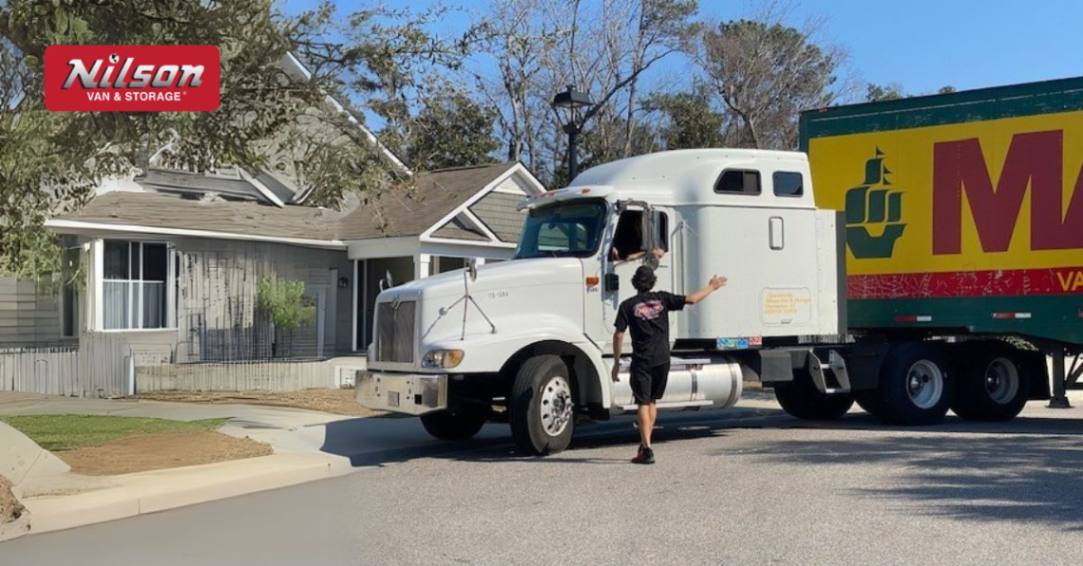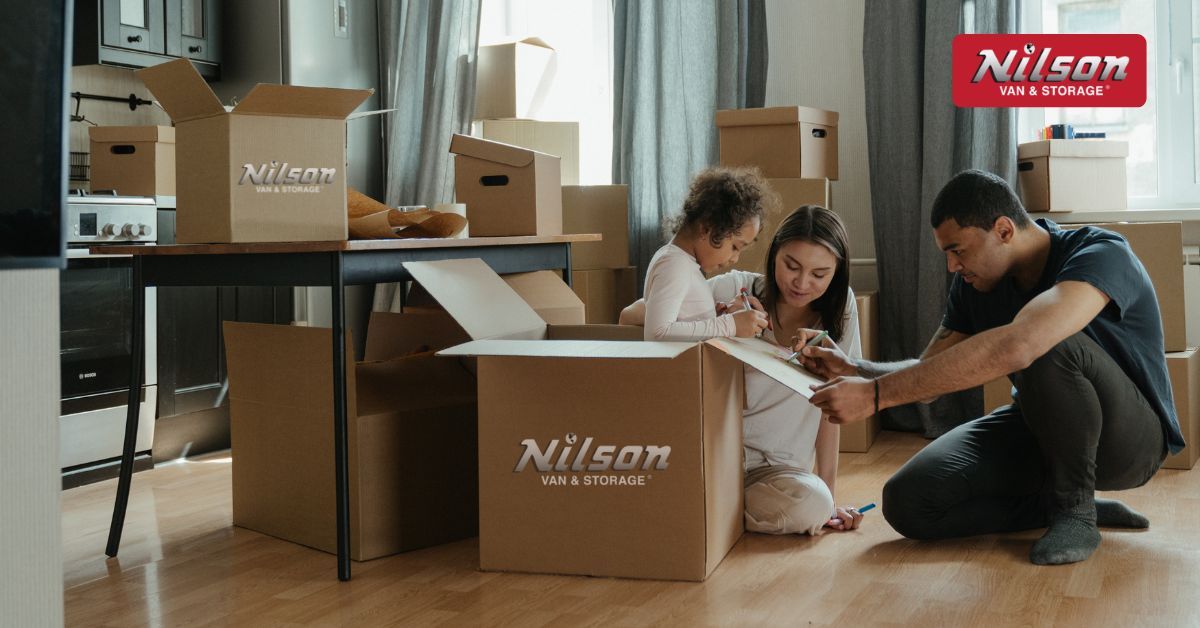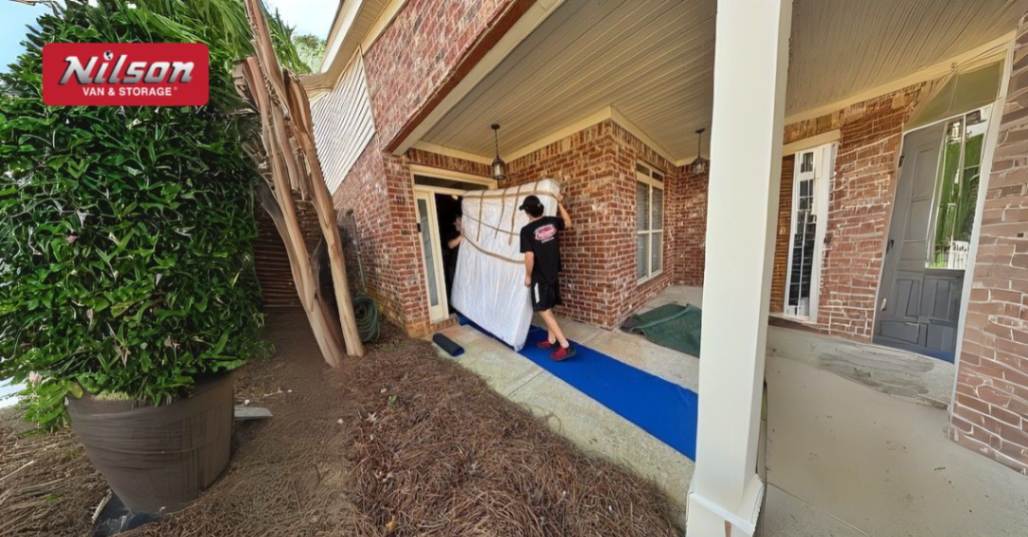
How to Protect Carpet and Hardwoods When Moving
Mismanaging residential moves can lead to damage. Avoid problems with these handy tips.
Few things are as inconvenient as damage to flooring during residential moves. Worst case scenarios run the gamut, from an angry landlord threatening you with legal action to the need for temporary housing while you repair the damage. But accidents happen. Thankfully, there are several things you can do to lower your risks.
More People for Heavy Lifting
Most people aren’t familiar with what it takes to hire a mover. They assume it’s out of their budget and settle for relying on rental vans and volunteer. This is an easy way to wind up without the manpower you need on the big day. Without friends and family capable of lifting heavy furniture, you are almost guaranteed to gauge wood flooring and tear apart carpet. In many cases, the damage caused far exceeds any savings from doing things DIY. Before you lose your deposit – or worse – get an accurate quote from professional movers.
Invest in Proper Floor Protection
Going it alone? If so, look into floor protection products. There are different types of floor pads and protective barriers meant to prevent stains, tears, and scratches. Some of them also make the move easier on your back. If you hire a mover, they’ll take care of the floor protection for you.
Moving companies carry insurance and use proper equipment intended to protect your valuables and home features. A responsible moving company will go over the contract ahead of time and offer guidance in minimizing your risks. For instance, you might want to empty drawers before a move to ensure heavy furniture pieces are as light as possible. You might also be able to hire a full-service mover to handle packing and moving, to reduce your stress and the potential for damage during the move.
Prevent expensive, inconvenient floor damage by hiring the professional team at Nilson Van and Storage for your residential move.

Our Recent Articles
Stay informed and inspired with the latest tips, insights, and updates from the Nilson Van and Storage blog. From expert packing advice and moving checklists to stories about our commitment to the community, our articles are here to make your relocation journey smoother and stress-free. Explore our recent posts to discover how we’re redefining the moving experience for Columbia, Myrtle Beach, Charleston, Sumter, Savannah, and beyond.

Top Benefits of Hiring Movers in Savannah for Your Relocation to Charlotte, NC

Top 10 Tips for Choosing Corporate Relocation Movers in Charleston

